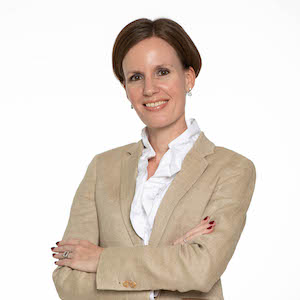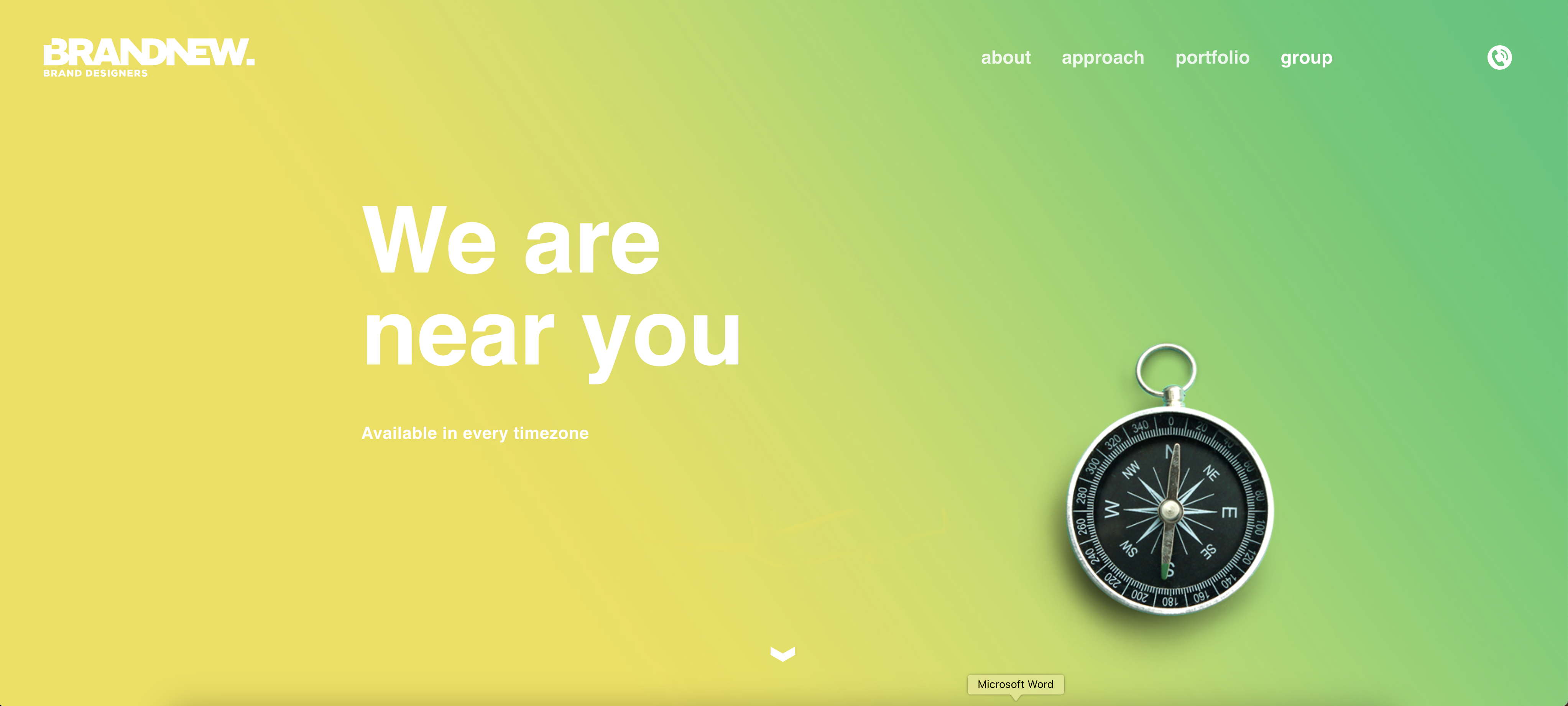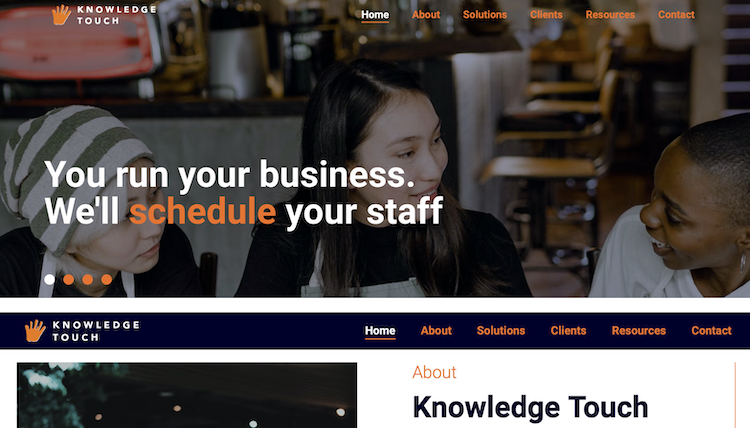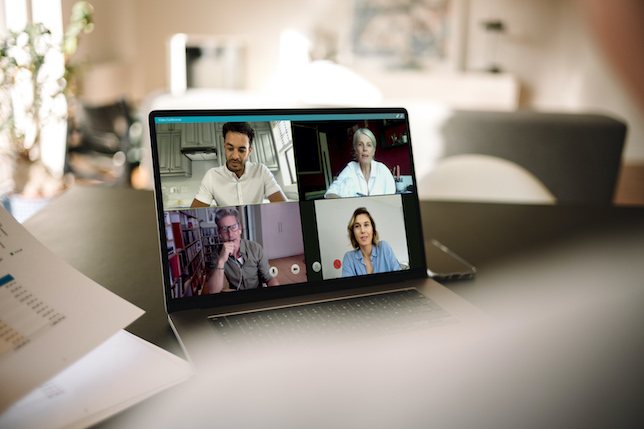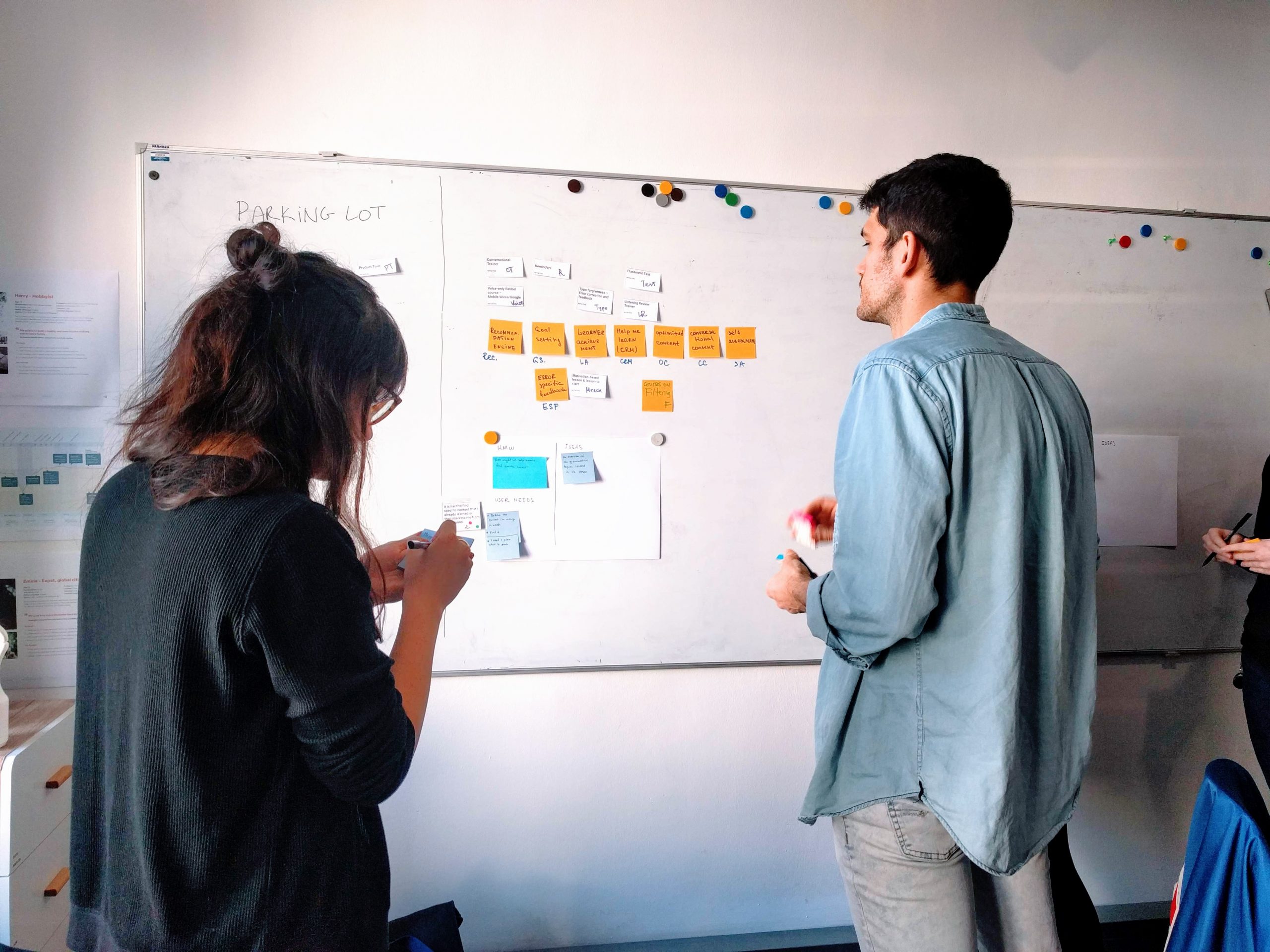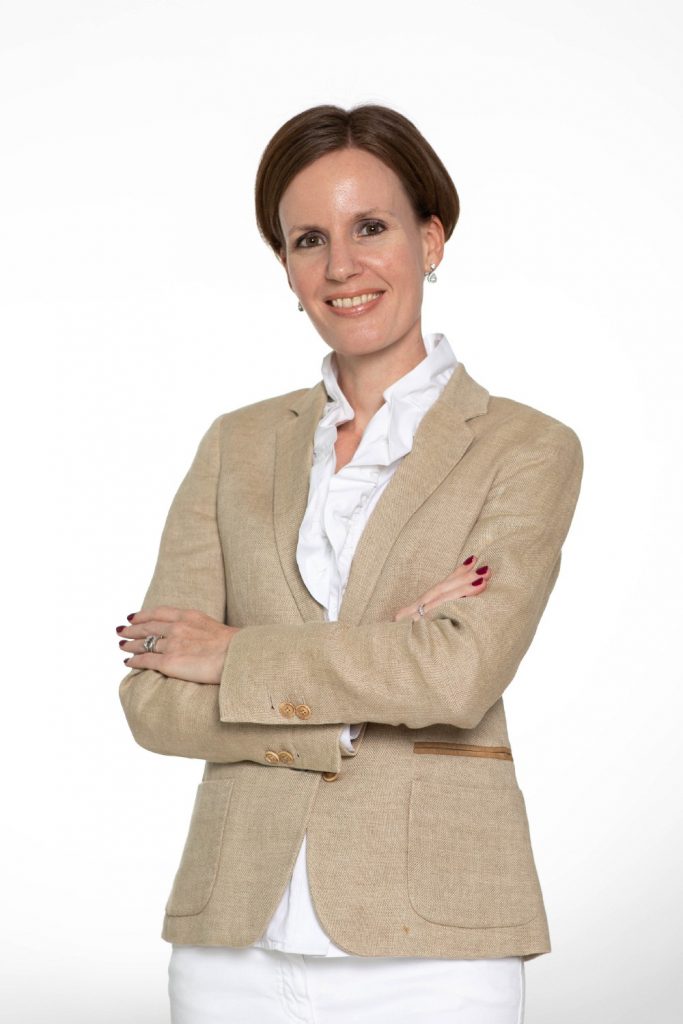Could you share a little bit about who you are and what you do here at OML Consulting?
Oky: After receiving my Bachelor’s in Hospitality Management, I started working in the Front Office. During this time, I came to realize that along with my passion for serving others, I also thoroughly enjoyed designing and delivering training to my colleagues. I then had the opportunity to become a lecturer and instructor at a vocational hospitality school, crafting my instructional design, teaching, and training skills. Plus, working primarily with young people aged 16–25 improved my patience and audience reading skills. After moving back to Indonesia, I was able to use my experience in hospitality, training, and education to lead a team of trainers for Indonesia’s largest hospitality and lifestyle brands. My passion for guiding people in their development has recently led me to obtain my Associate Certified Coach credential from the International Coaching Federation. I firmly believe that coaching is an essential tool for development and globally, more people are reaping the benefits from it. At OML, my primary focus are projects which involve training, coaching, and learning and development.
Why are training and development so important for employees and their employers?
Oky: We can look at a couple of statistics which can support this fact. According to the survey by ClearCompany in 2019, 68% of employees say that training and development is the most important policy a company has. This shows that employees are keen to know that their employer is willing to invest in their development.
Another research by The Learning Wave shows that 74% of employees believe that they are not reaching their full potential. That’s overwhelming and such an untapped amount of potential! Can you imagine ¾ of your employees feeling like they are unable to get the best out of themselves? That surely affects their performance.
Another statistic shows that 85% of employees feel that they are disengaged at work. They are unable to deliver their best work, and a lack of training and support is part of this.

Another one by go2HR, 40% of employees with poor training will leave the company in the first year. That’s staggering. That’s almost half of your first years’. What does that mean? Not only are you losing talent that you have already invested in, but you have to spend even more resources recruiting new employees. People often think that training only costs them money. However, training and development are imperative because you need to continuously develop your employees so that they can help you grow your business. As the statistics show, it also makes your employees more engaged and loyal. All in all, people generally enjoy becoming better versions of themself, even more so when it allows them to progress in their career.
What do you think are some important skills that everyone should acquire if they have the resources to do so? Why?
Oky: This is a very good question, especially now in this time where most of the world has been working remotely. I think that if you have the resources, you should develop the following skills:
I think the first one is learnability. The world is changing at an even faster pace, so you need the skills and mindset to want to continuously learn. Meanwhile, you also need to unlearn and accept that certain thoughts and competencies you have are no longer useful and need to be let go.
Resilience is a skill that, especially this year, has shown to be of tremendous value. Many people have learned a lot about themselves and may have gone through periods of stress and concern, having to adapt to working from home. Some people may have thought that working from home at the beginning is what they have always wanted, and then they are suddenly faced with day-to-day challenges, like running a household with kids who are now also at home learning and needing your attention. To be able to bounce back, remain positive, and tell yourself that as long as you try your best, there is hope. Resilience is definitely important.

One more quality that I think it’s imperative and a lot of us overlook is self-care. To have awareness and a clear vision of who you are and what you need to give yourself in order to give others the best. There’s a saying that you “cannot pour from an empty cup”. I hear about it all the time, also from my clients, that people now are overwhelmed with what’s happening in the world and they are trying to adjust, but there’s a feeling of uncertainty and anxiety. You have to stay positive and look forward to the future. Having a clear self-care plan which includes simple and achievable daily self-care practices is the foundation. It is more than getting enough sleep, eating regular meals, and exercising. It involves looking at your mental, physical, social, and spiritual needs. If this is unknown territory for you, a coach can guide you in this journey.
Another definite skill to have is collaboration. Most work involves working with others and that synergy is still important. Especially now with remote working, where you do not have the daily face to face interaction, the collaboration will be of an even higher need.
Another skill would be creativity, which is also related to technology. Certain skills such as being able to build a website, having some understanding of social media, and writing a fitting text that supports exposure are important. Of course, there are specialists out there that can do that, but having the understanding to do that would also help.

One skill that will always remain, I believe, is empathy. Being able to understand what others are going through and putting yourself in their position, that is a skill that will definitely stay. Problem-solving as well. Being able to look at things critically that you would want to approach and try to solve it yourself first. In a remote environment, that might also be stimulated because you are kind of on your own first. Of course, teams can get together and try to solve it after someone has taken a look at the problem, but that is still an important skill to cultivate.
Another skill is leadership and people management, although that is especially applicable to those who have the ambition to lead and manage a team of people. Last but not least, negotiation skills. Even though people believe this is a skill for someone who works in sales, negotiating is something that we all do on a daily basis. Some examples include discussing a timeline with your team, a training need you to have with your manager, or negotiating a fee or salary.
What is the most interesting project that you’ve ever worked on?
Oky: That would have to be one which was a tailor-made training and then delivered company-wide. I would like to point out the Brand Values training that I was fortunate to work on with an international Spanish hotel chain across five of their properties in Southeast Asia. Besides enjoying their excellent hospitality in beautiful locations, what made this experience unique was that the training groups were a blend of all positions from the general manager, the director, the supervisor, the housekeeper, to the receptionist.

Being able to work with people from different positions and seeing how they were committed to wanting to learn and collaborate was amazing and gave a great sense of fulfilment.
About the Author:

Oky Ceelen is a founding partner of OML Consulting. He has a Bachelor’s in Hospitality Management from Hotelschool The Hague, is an experienced trainer and certified Transformative Coach with hospitality and vocational education background. His passion is to guide individuals and teams in their learning and development.

